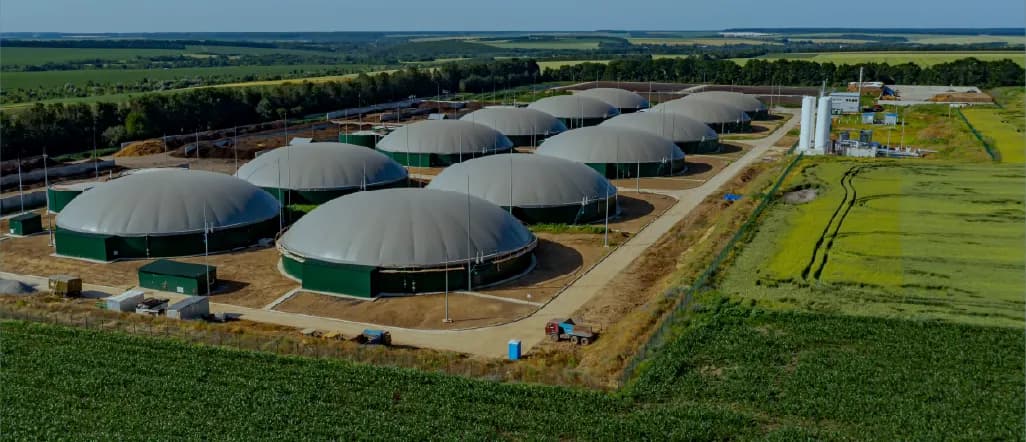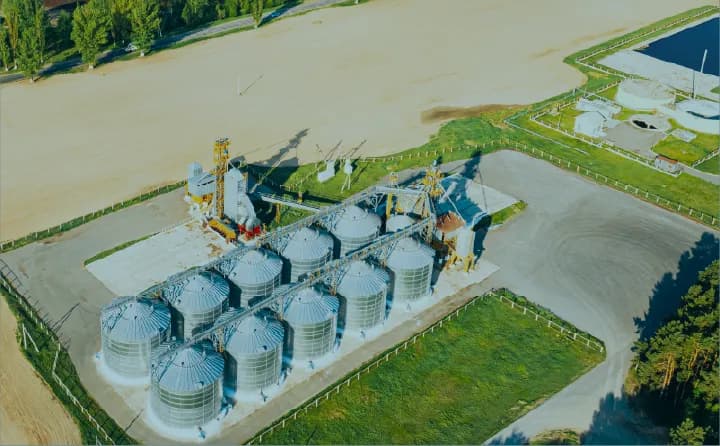
Significance of Biogas Projects
Biogas production offers a sustainable solution to various environmental and economic challenges. By harnessing the power of organic waste, biogas technology captures methane, a potent greenhouse gas, preventing its release into the atmosphere and mitigating climate change. It provides a clean and renewable energy source that can be used to generate electricity, heat, and transportation fuels, reducing dependence on fossil fuels. Additionally, biogas helps reduce the burden on landfills, minimizing environmental pollution and conserving land resources. By creating jobs in rural areas, stimulating local economies, and improving energy access for marginalized communities, biogas projects contribute to sustainable development and a greener future.






